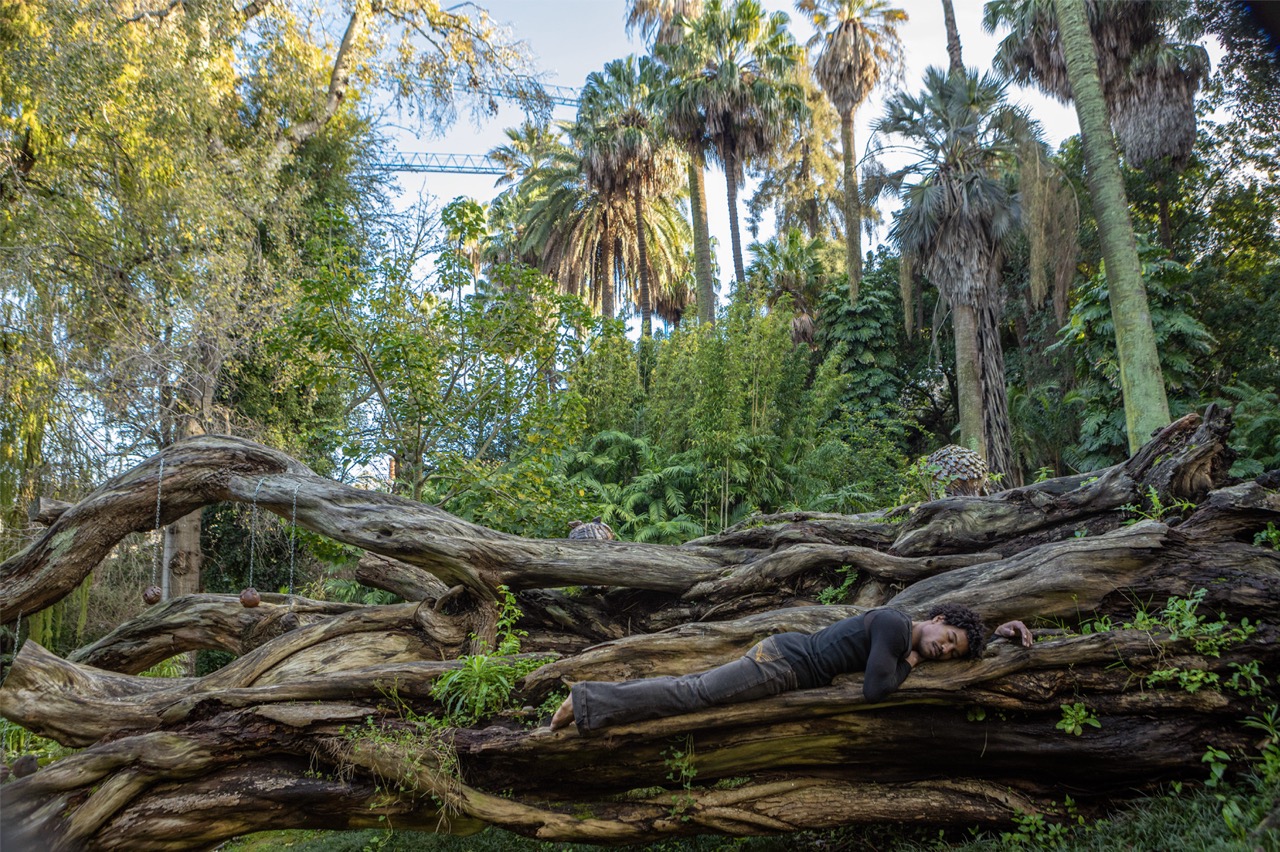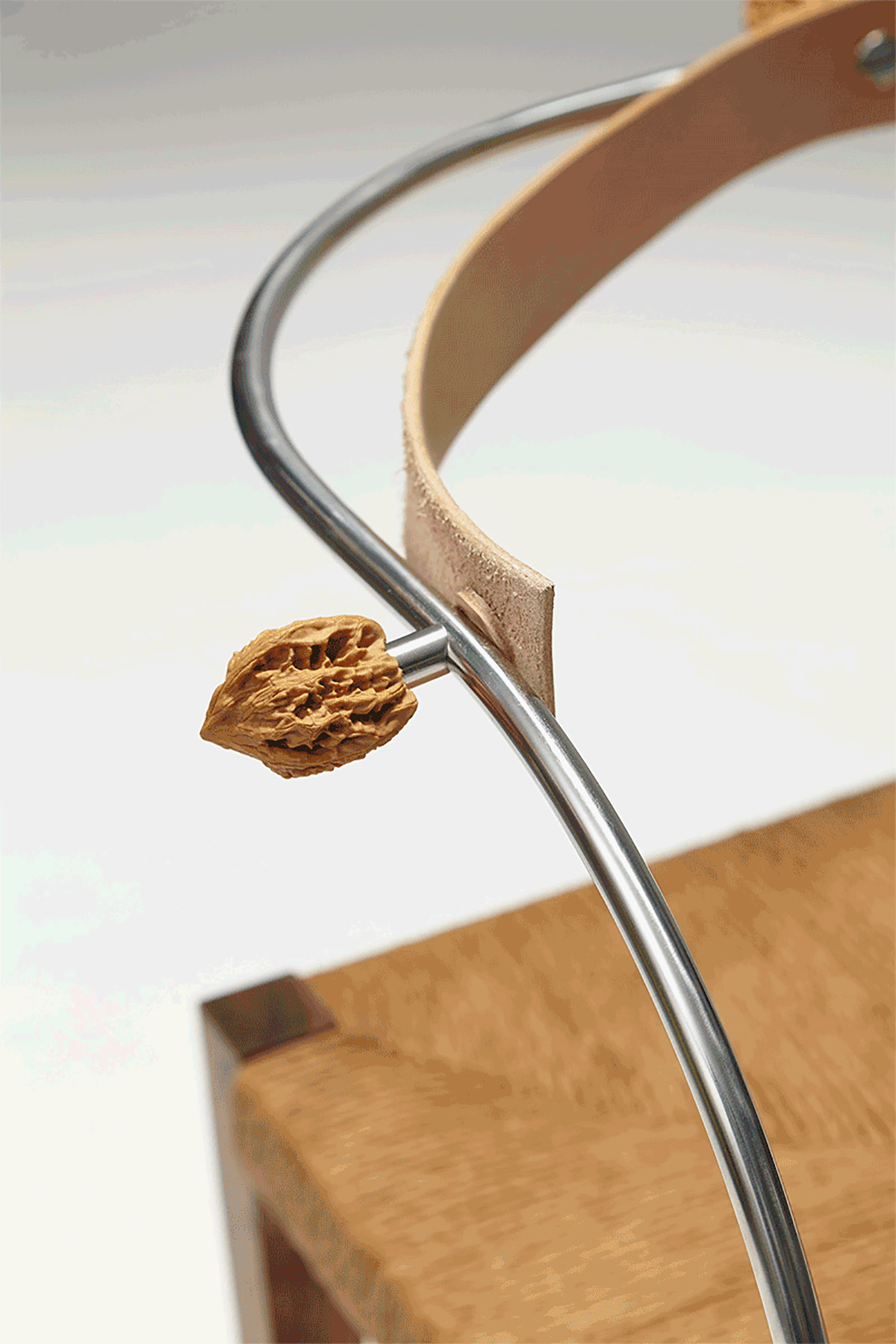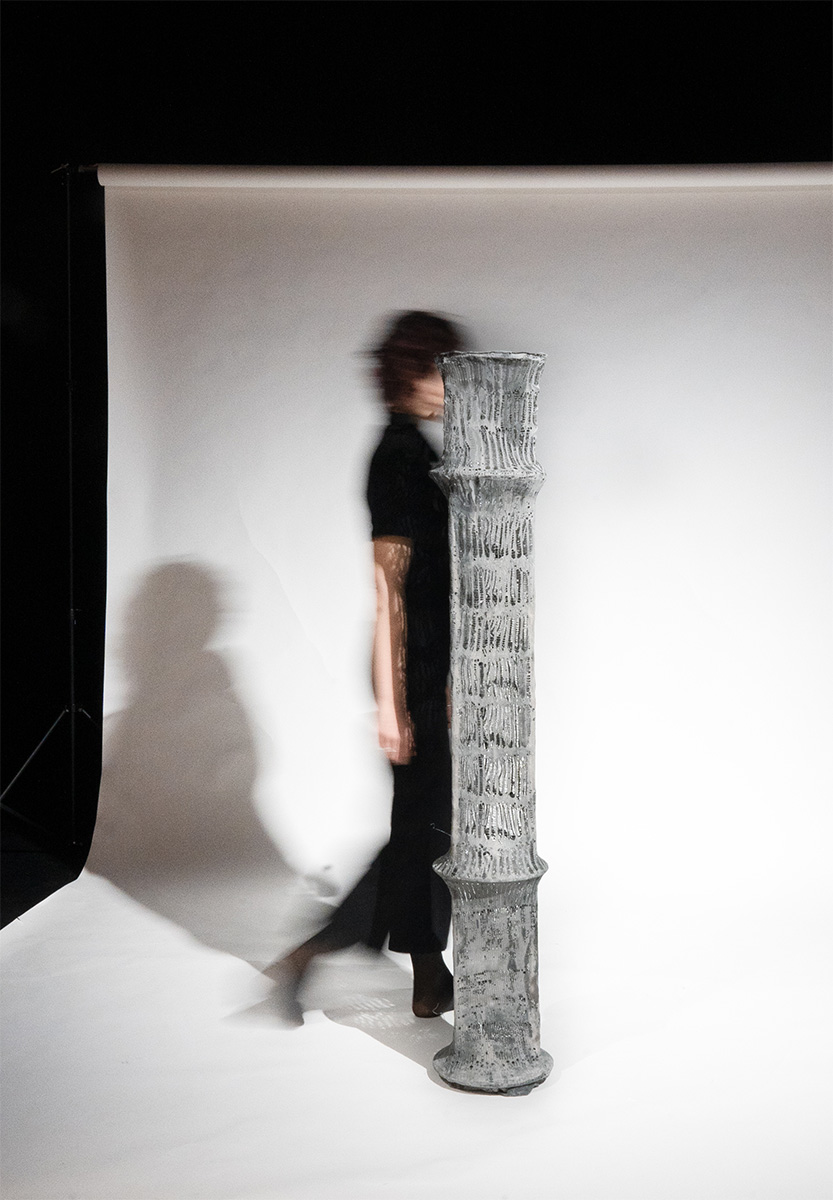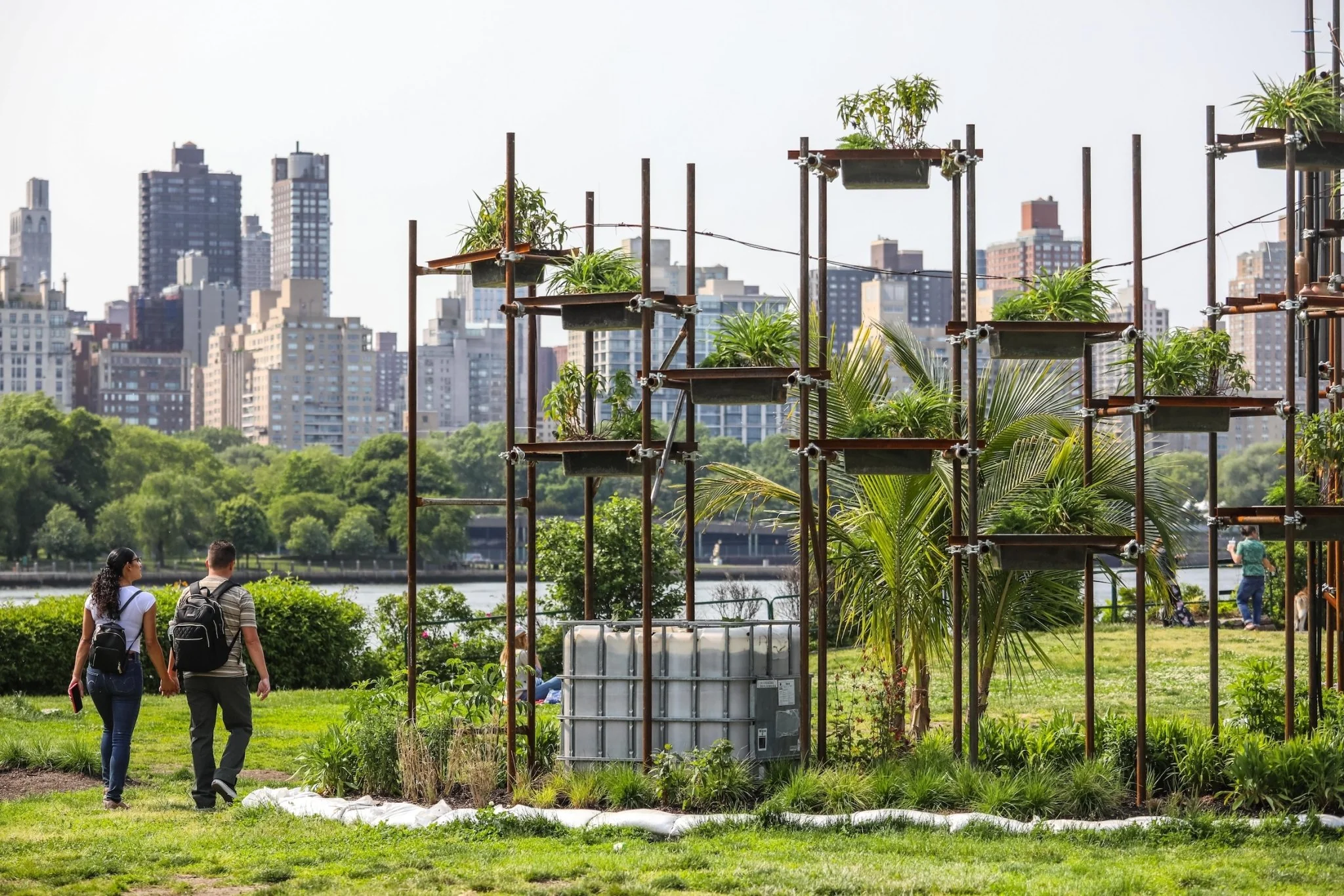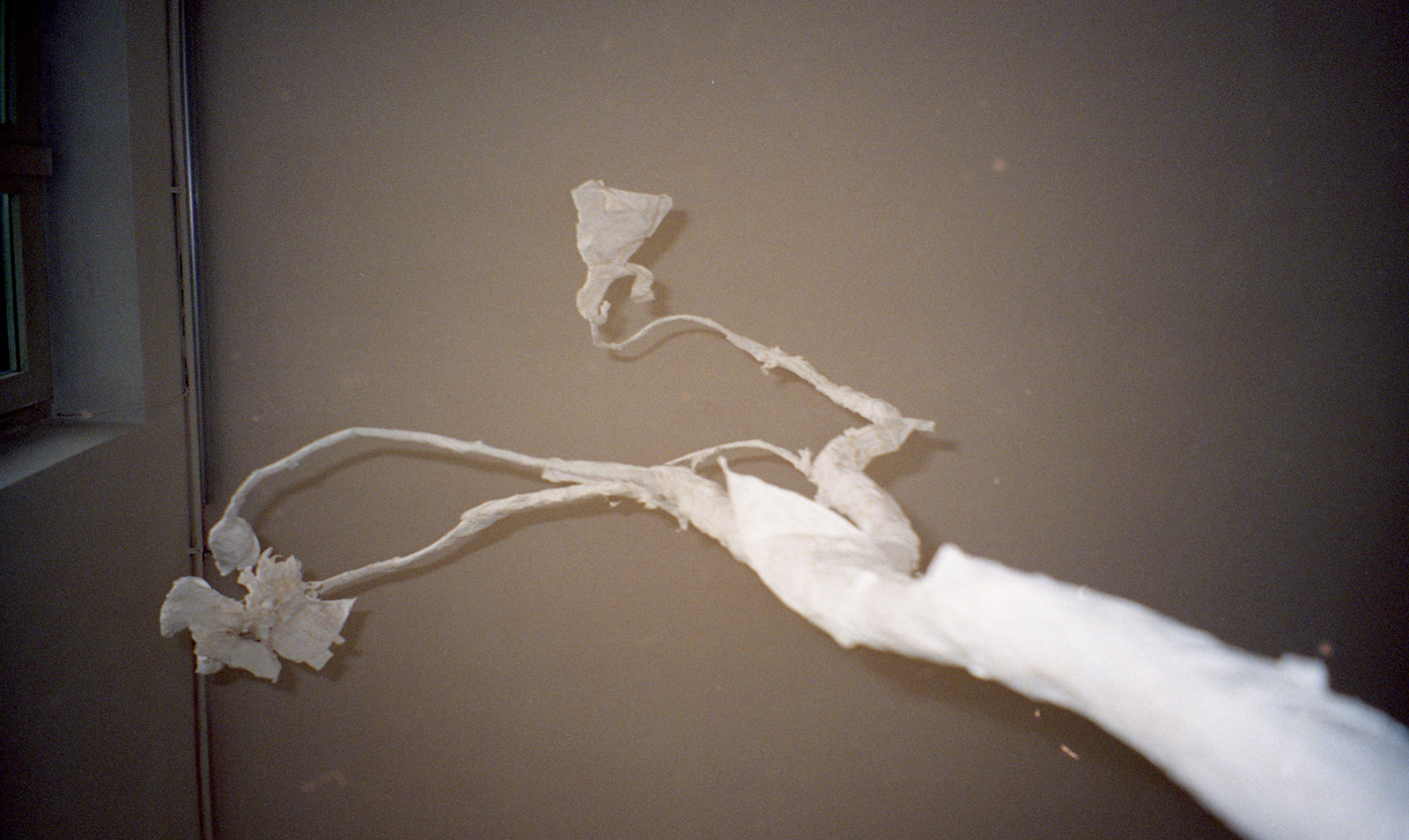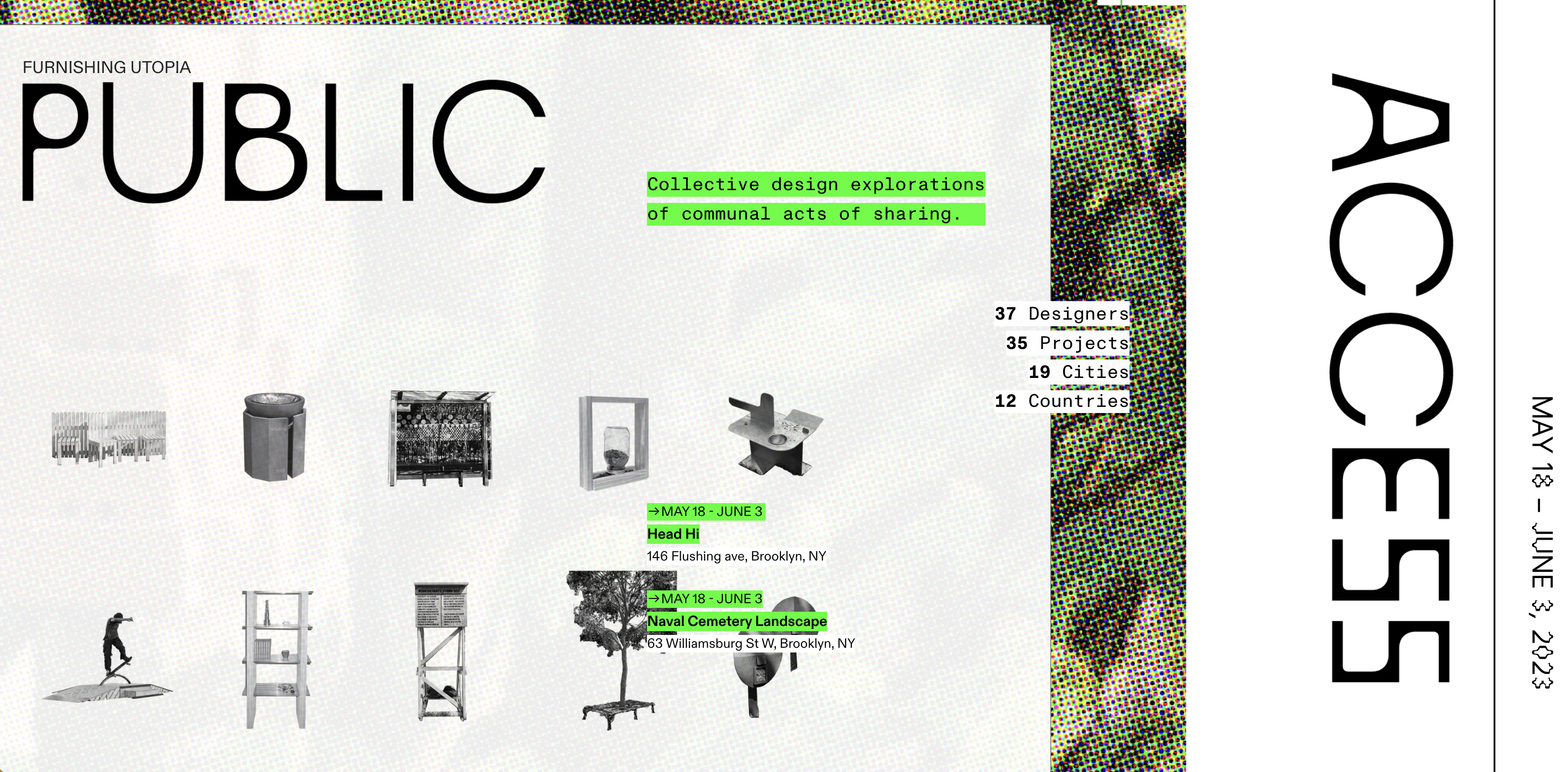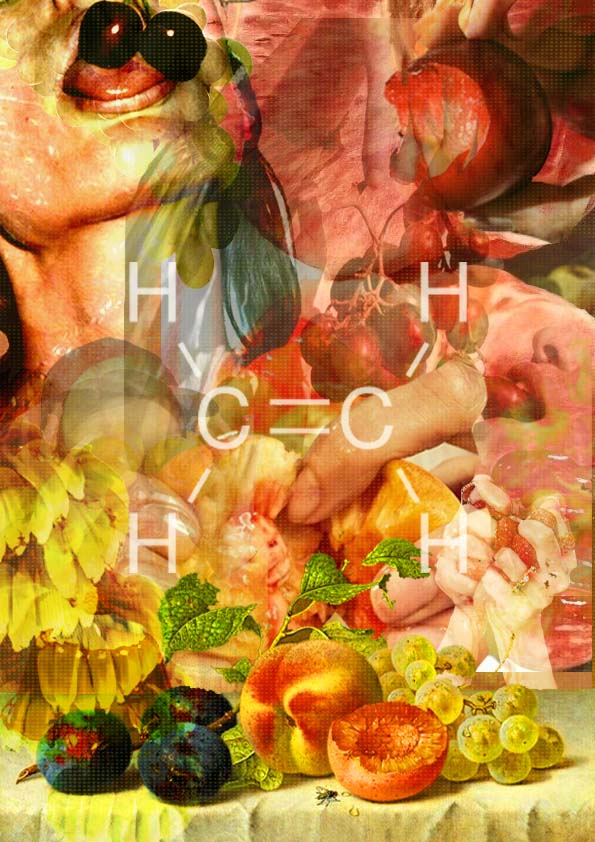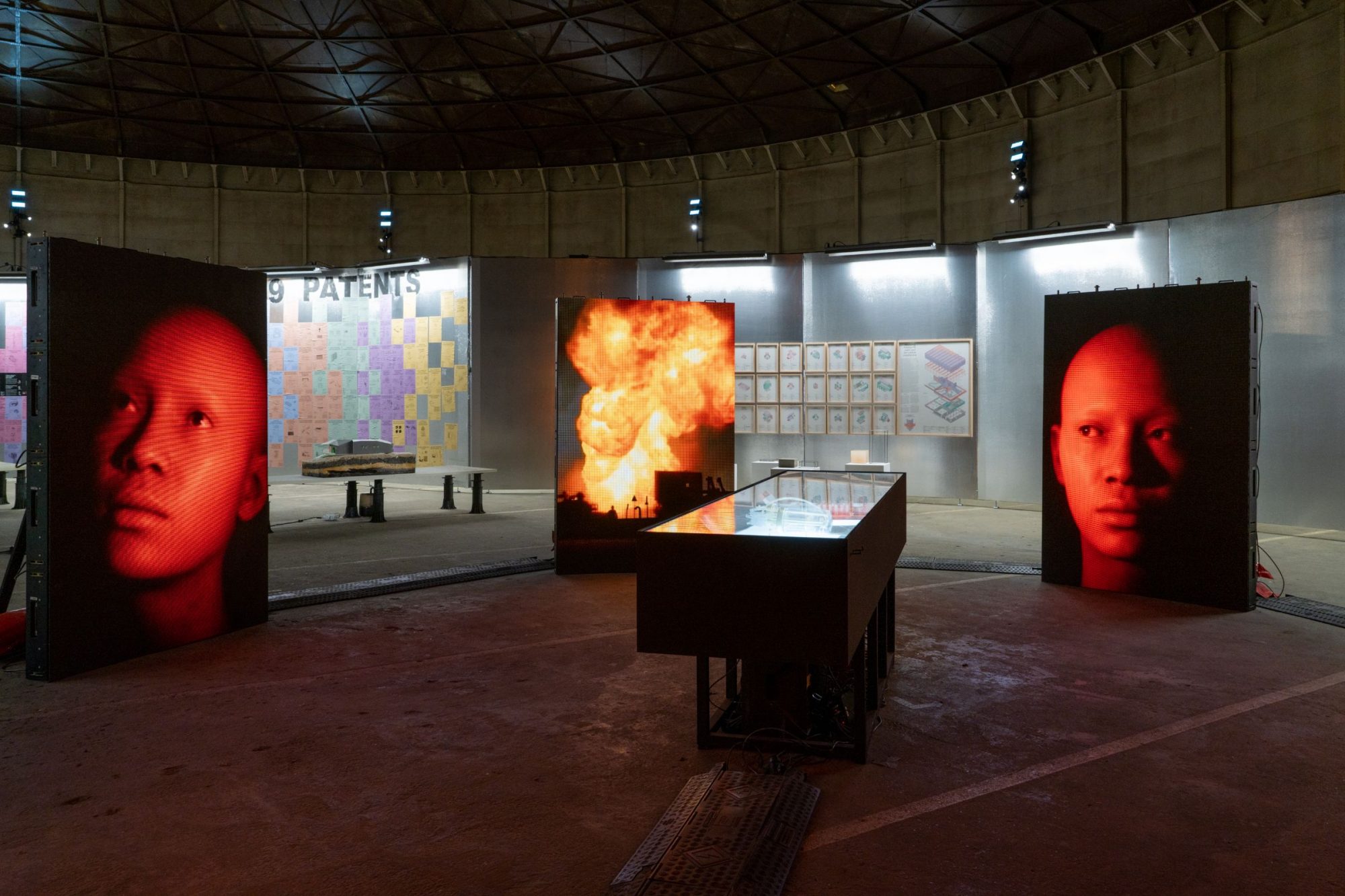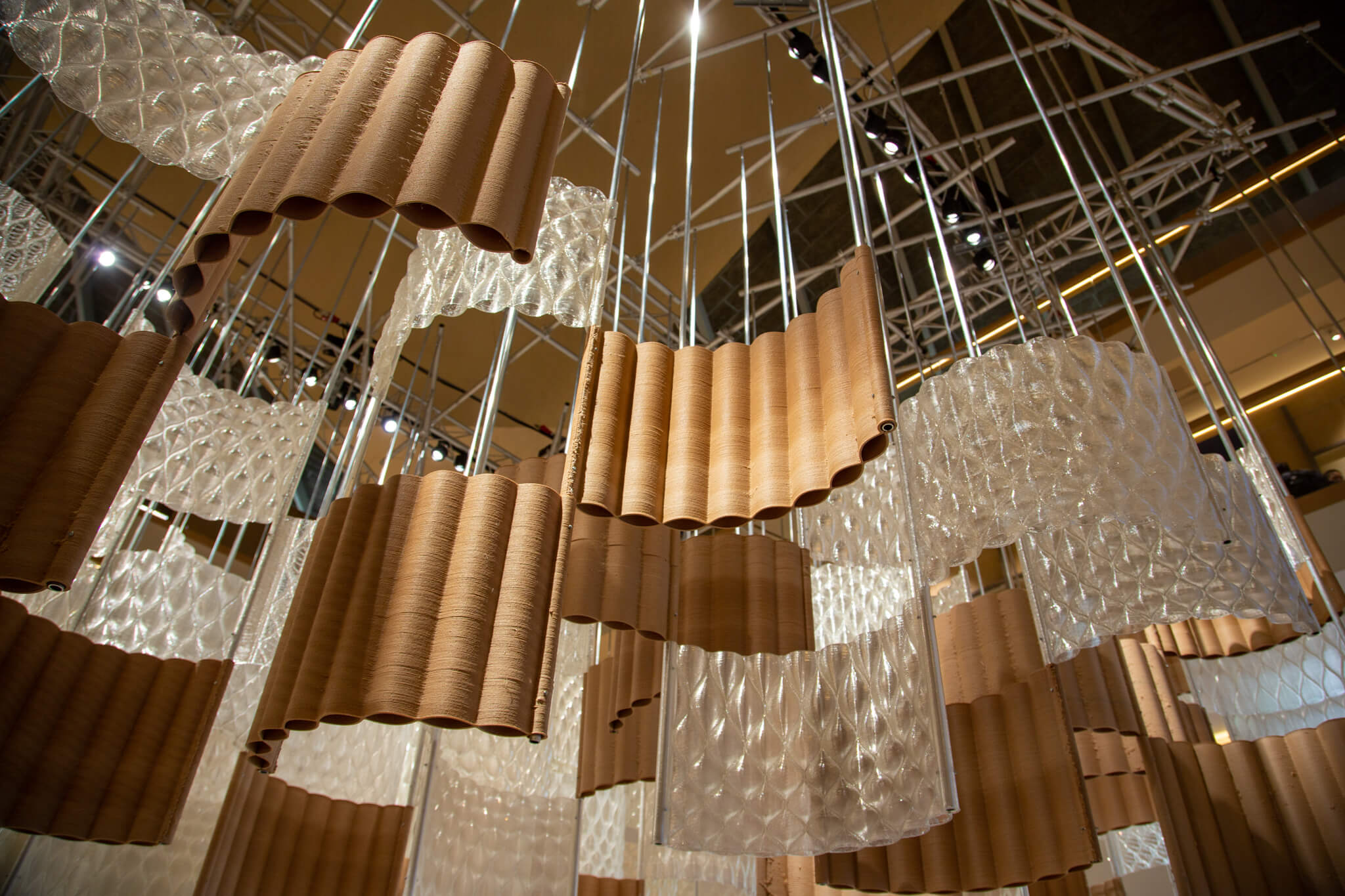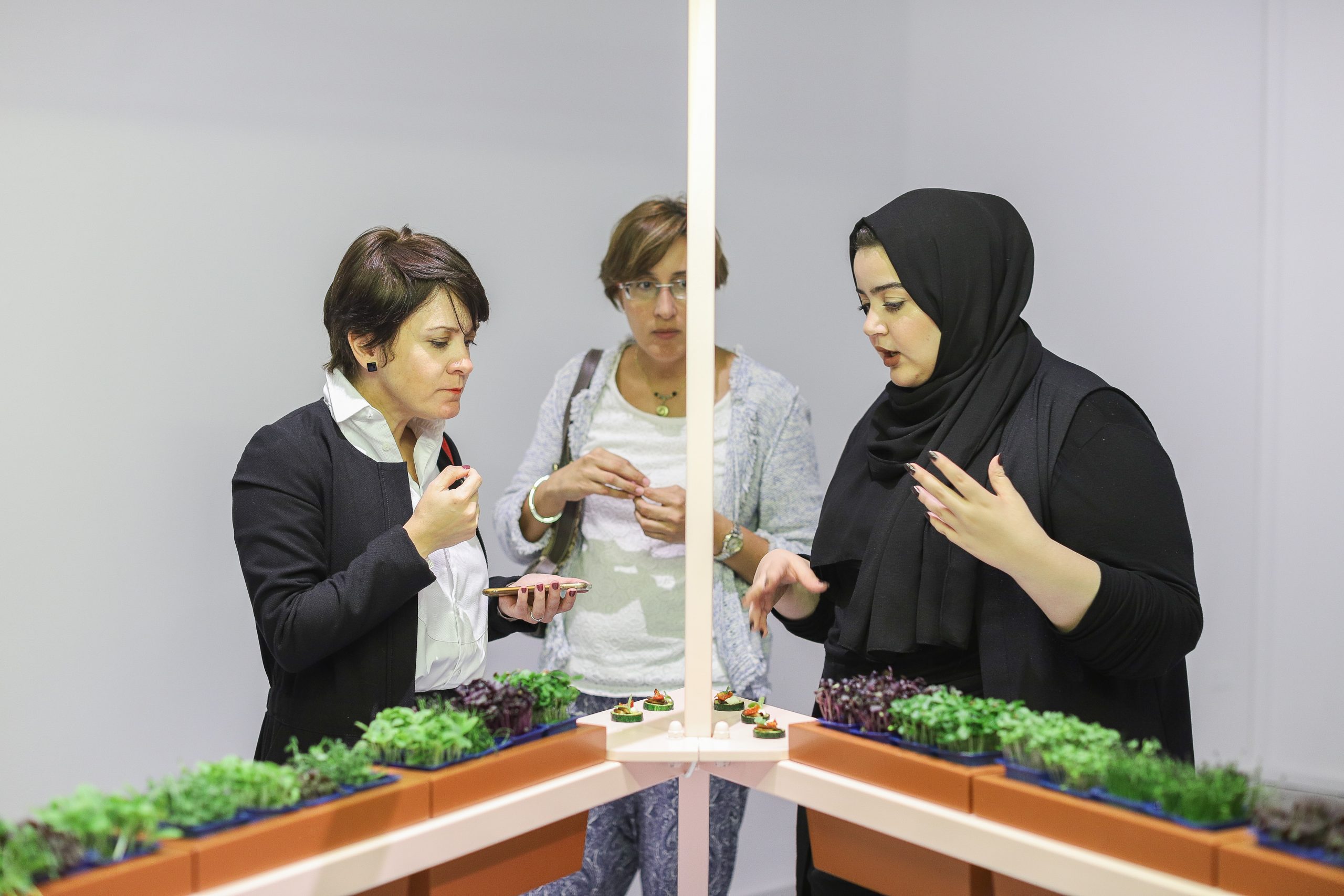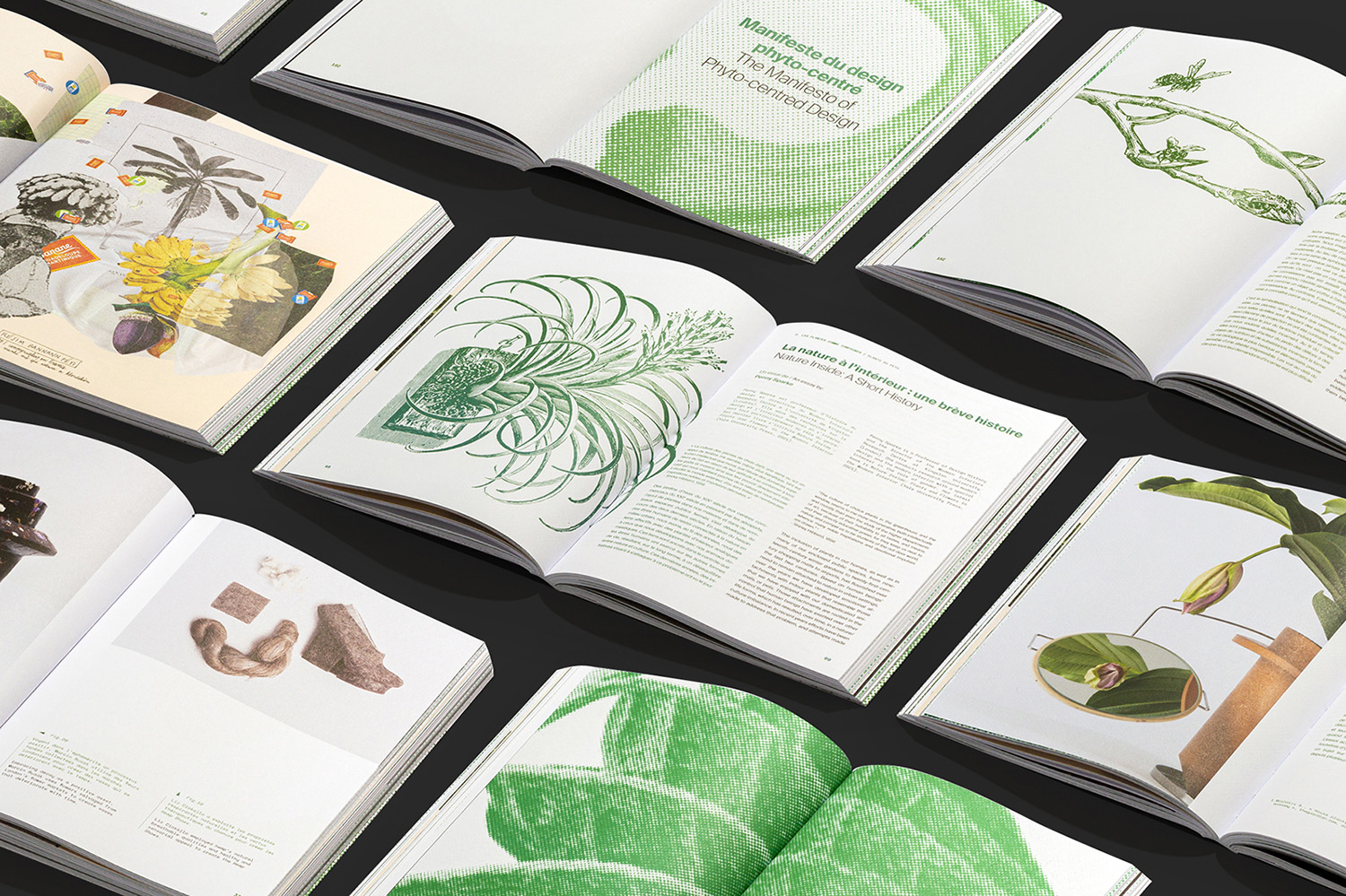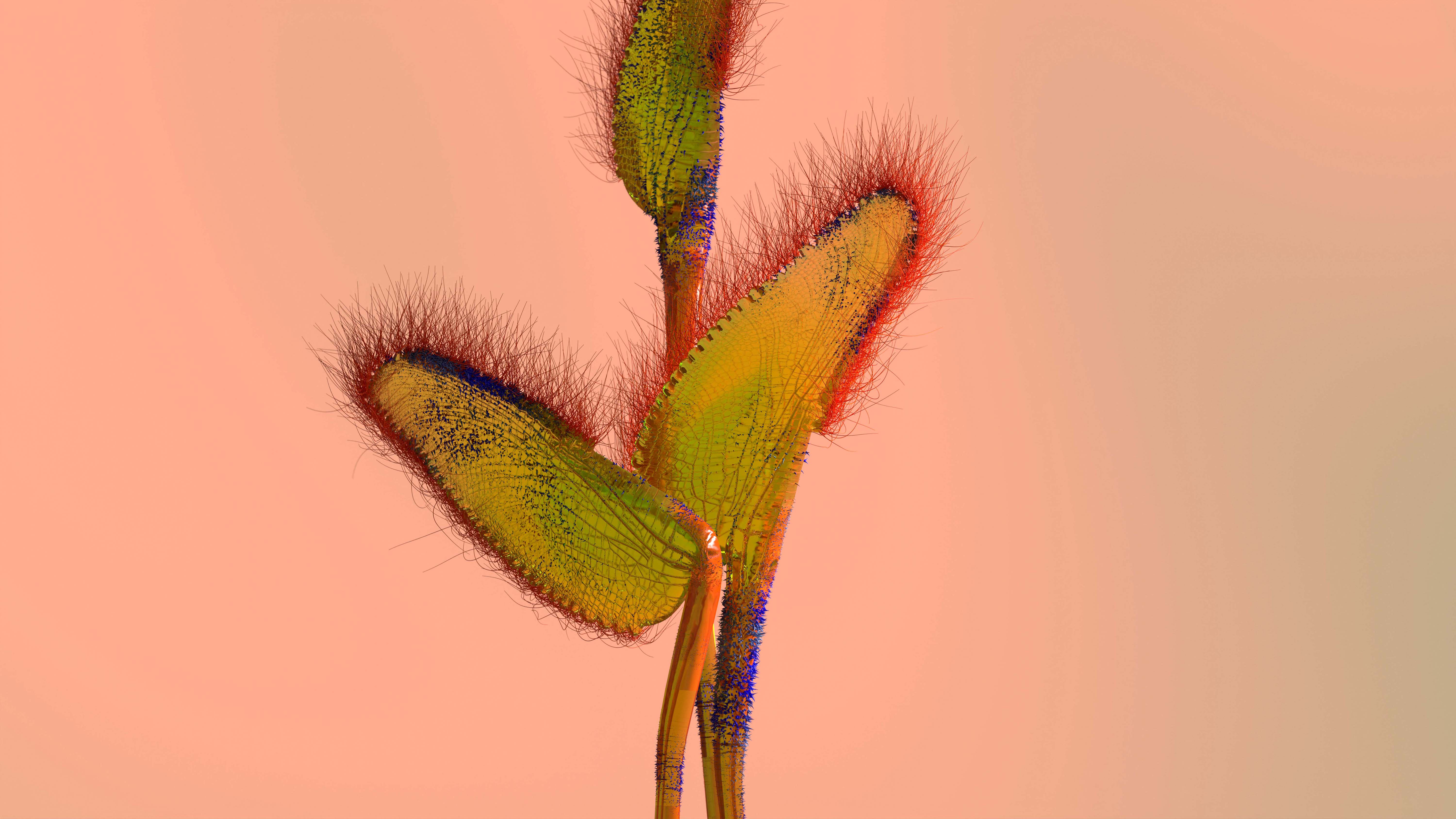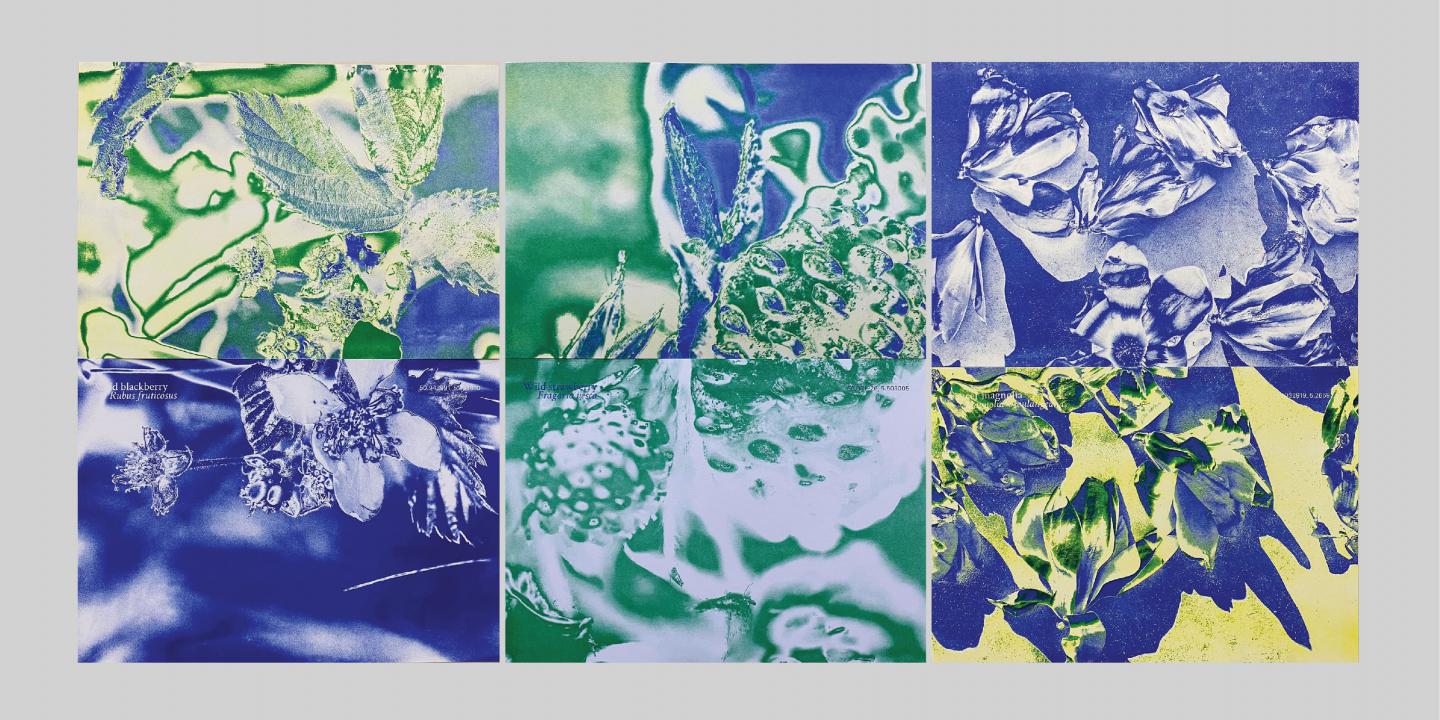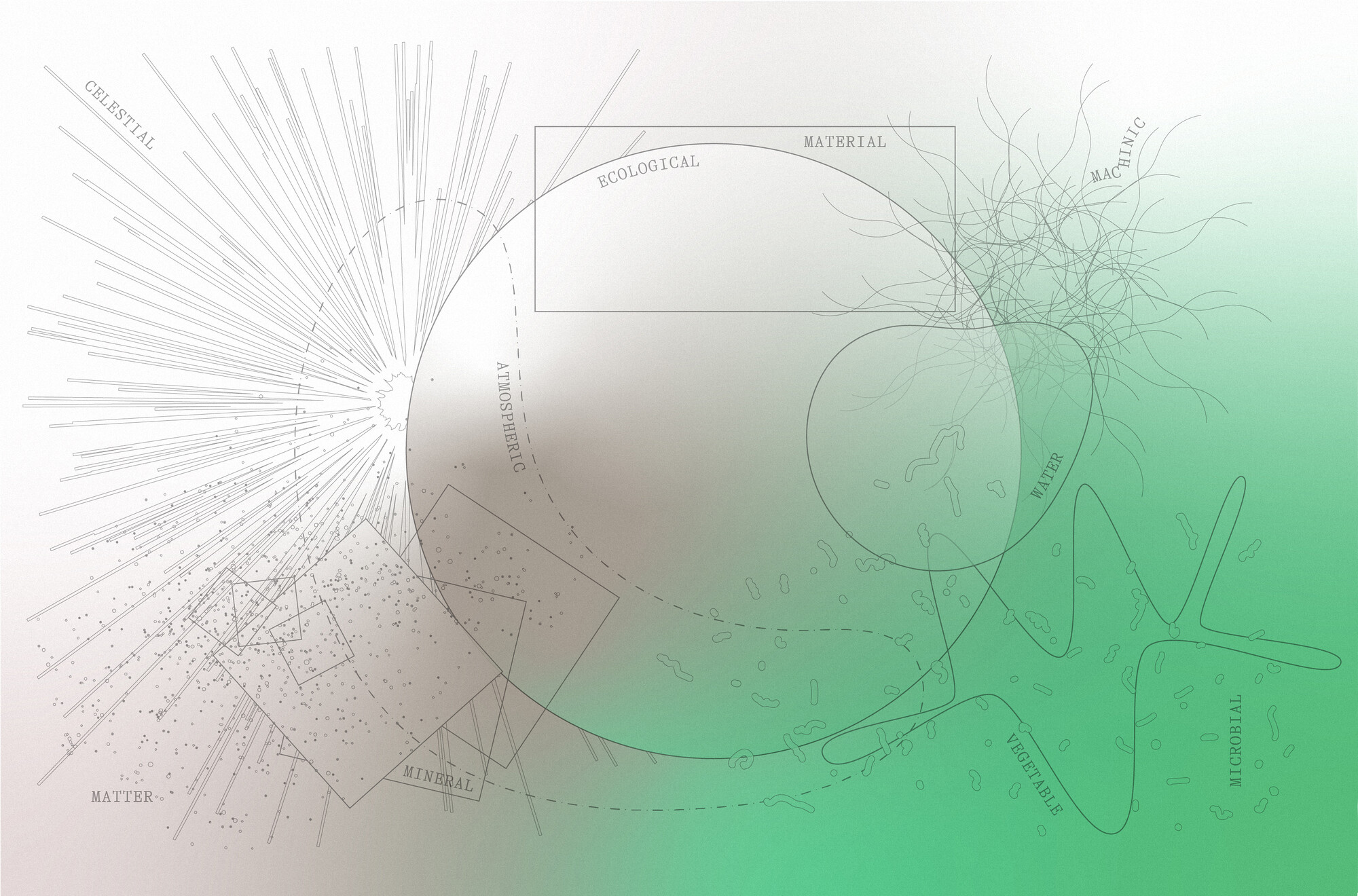As designers and scientists alike begin crafting solutions to the problems in our food system, we’re faced with the question of how to implement these designs, especially in urban spaces where there’s seemingly little space for the natural world. Studio RaivioBumann’s latest installation, Pollination Station, poses a model for better supporting urban ecology and biodiversity. On display in Helsinki this summer, the installation uses a previously empty space to house pollinator-friendly plants.
The studio’s designers – Päivi Raivio and Daniel Bumann – wanted to explore how an empty, unused space in the city could be better used to build a relationship between urban and natural life. The Pollination Station was constructed on top of an electrical transformer unit, where Raivio and Bumann found several species of already thriving plant life. Not only did the transformer have at least ten species of plants growing on top of it before the installation, but several of them were also edible.
Raivio and Bumann added to the space’s already present – and usually unnoticed – plant life by building a wooden structure with organic, oval-shaped cutouts in its walls. The Pollination Station’s pollinator friendly plants are growing in a garden inside the wooden walls, where members of the surrounding community can visit and enjoy the greenery. At the heart of the project’s purpose is a desire to show cities how they can start incorporating gardens like this as a natural part of their infrastructure.
The Pollination Station also helps connect the local community with nature by encouraging neighborhood residents to participate in the care of the garden. After building the installation, RaivioBumann left the care of the plants in the hands of the district’s immediate community, prompting them to take responsibility for the garden’s productivity.
Later this summer, at Helsinki Design Week, the walls of the original Pollination Station will be recycled to create a similar, temporary installation for kids; during the week of design-centric festivities, children can explore the plants of the pollination station, learn about plants for pollinators, and even paint the walls of the temporary structure. Plants from the station will ultimately be distributed to individuals throughout Helsinki, so they can continue to care for the greenery, and become accustomed to keeping plants around them.





